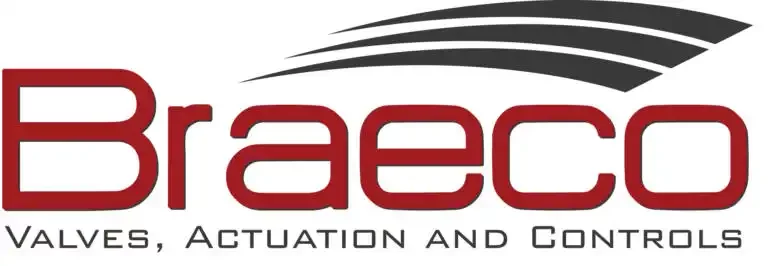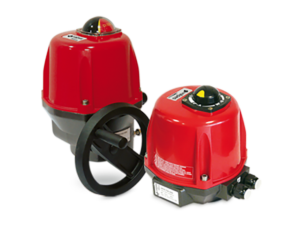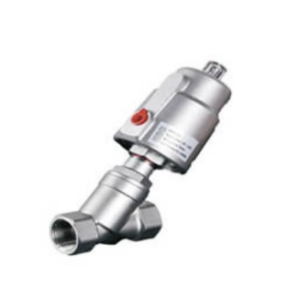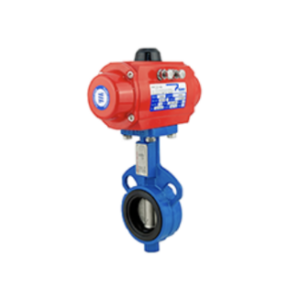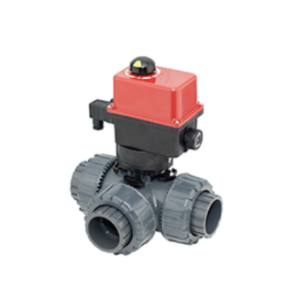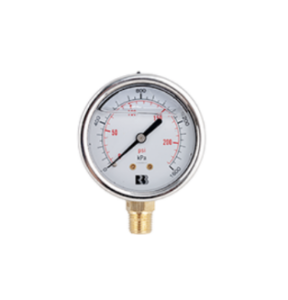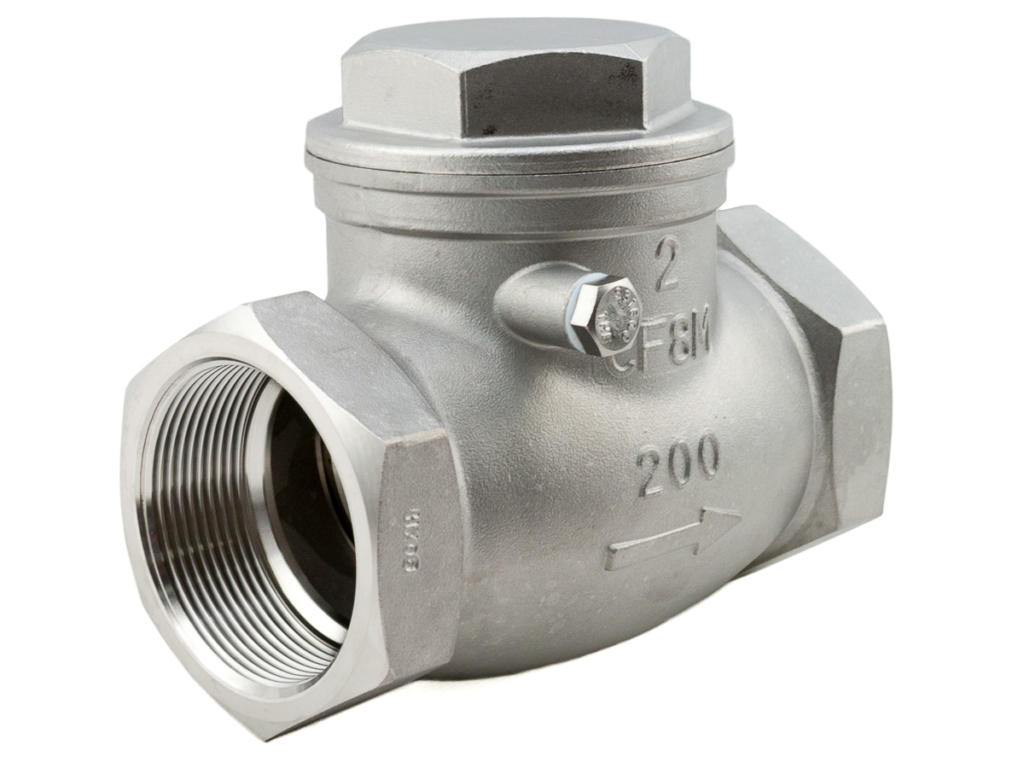Uses of Check Valves: Understanding the Purpose and Types
Check valves (also known known as non-return valves) have a primary function of preventing reversal of flow when a gas or fluid stops. They are simple, mechanical devices which are essential to any pumping application. Perhaps, their simplicity makes them appear unimportant as they are often an afterthought when problems caused by reversing flow become apparent.
The difficulty for an installer or the specifier is understanding all aspects of the application and identifying the correct type of check valve to use as there is a substantial range of designs to choose from.
You need to consider the material composition for compatibility with the media, line orientation (vertical or horizontal), the location (consequence of noise in that environment), whether it needs to be soft (bubble tight shut-off) or hard seated and the effects of pressure losses.
What is the purpose of a Check Valve?
The primary objective of a check or non-return valve is to facilitate the unidirectional flow of fluids or gases whilst automatically closing to prevent backflow. By closing quickly and efficiently, the valve helps to counter the effects of fluid deceleration and reverse velocity, thus preventing a surge which can cause extensive damage to pumps, valves and piping.
The best design of check valve to counter reverse velocity would have a disc with assisted closure (eg spring or counterweight) which closes before the returning fluid can slam the flap or plates onto the seat, protecting the valve from damage to its seat, disc and springs.
In water treatment, check valves offer backflow prevention which ensures that purified water remains uncontaminated. Likewise, check valves in HVAC systems and the oil and gas industry guarantee that air, refrigerant, drilling fluids, water, or gas only move in the intended direction.
A Check Valve is also required on the end of a pump’s suction line but in these instances the correct terminology is to call it a Foot Valve. When suction stops, fluid in the suction line would normally drain, resulting in a loss of head pressure, causing the pump to suck air on restart and to overheat.
A soft seated, spring-loaded foot valve closes instantly when the pump stops, ensuring that the pump’s suction line remains primed and charged with fluid. Unlike a check valve, a foot valve has a filter screen/strainer on its inlet which filters out solid particles which could damage the valve and cause it to leak, resulting in a loss of the prime.
A number of manufacturers offer a screw in filter housing so that a conventional spring-loaded, soft seated check valve can be easily and inexpensively converted to operate as a Foot Valve.
Types of Check Valves
Ball Check Valves
A Ball Check Valve has a spherical ball that blocks the flow path to prevent backflow. Valves with solid, metal balls are mostly found in high pressure applications. The hard ball and hard seat does not necessarily offer bubble tight shut-off and is not suitable for use with contaminated media as grit, dirt and solids etc will prevent the valve from closing effectively.
Ball checks with a rubber coated ball are self-cleaning as the ball rotates and lowers the risk of impurities sticking to it. The body is designed with a housing that allows the ball to completely move out of the flow stream, ensuring full flow, low pressure loss and the rubber coating offers wear resistance. Valves with rubber coated balls are more likely to be found in waste water and sewage applications or handling viscous or abrasive media.
In some instances, a Ball Check has a rubber ball with a metal core to make it heavier and to assist gravity in allowing it to return to its seat and seal. This type of valve is most commonly used in vertical applications. In other designs, a spring is used to assist closure and this allows the valve to be installed in various orientations.
Ball Checks in the chemical industry can be all metal with a protective coating or made from thermoplastics with rubber seals which are fully resistant to the corrosive media.
Swing Check Valves
Swing disc check valves are perhaps the oldest and simplest design which is characterized by a hinged disc that swings open in line with the flow direction. When the pump stops and the flow on the downstream side of the valve attempts to reverse, the disc swings back to its closed position, stopping the reverse flow and ensures a tight seal. The most common swing check has a metal/metal seal although some designs allow resilient seating by substitution with a synthetic disc or a disc with a groove and o-ring which makes them better suited to gases than a conventional metal seated swing check.
The more common design for the body housing is have threaded ends or flanges, although wafer swing checks are gaining popularity due to their lighter weight, compact design and relatively low cost. However, as there can be limited room in the downstream piping for the disc to fully open, fouling on the downstream flange or internal pipe lining is a possibility. To overcome this, either the bore size has to be reduced (i.e. a smaller diameter disc is used or a downstream spacer is needed which is beveled out to allow clearance for a full open disc/flap).
Although there are some exceptions, the majority of swing checks are best suited for horizontal installation.
Wafer, Dual Plate Check Valves
Perhaps the biggest growth in check valve sales has been to wafer, dual plated Checks which offer high capacity with a low pressure drop.
The dual plate design has two spring-loaded plates, suspended on a central vertical hinge pin. Each of the plates has its own independent springs, providing independent closing action. Since dual plate check valves were introduced to the market in the late 1950’s, there has been ongoing development to the design and expansion of pressure classes (Ansi class 150 through to 2500), body and seat materials (resilient and metal seats) and end connection options (wafer, lug and double flanged). One of the reasons for its popularity is the space saving (compared to flanged valves), ease of installation (massive weight reduction) and the obvious cost savings. In more recent years, retainerless design (no pins extending through body) has eliminated the standard valve’s biggest fault i.e. leak paths through the body where the pins penetrate the body, experience corrosion and fail.
Special torque springs are available to help counter flow reversal and deceleration and offer minimal water hammer.
Wafer Spring Disc
Wafer Spring Disc check valves are designed to fit between flanges, most commonly DIN PN10/16/25/40 or Ansi 150/300. They are popular because of their compact size and relatively low cost. Metal/metal seating is the most common, but some brands offer soft sealing using NBR, EPDM or Viton or PTFE coated o-rings. In some instances, they can be fitted between Australian Standard Table D/E flanges but its best to check with the manufacturer as the area of the sealing face may not be sufficient to give a proper seal. Another potential trap is that the type of finish on the face may not suit spiral wound metallic flange gaskets.
Angle Seated Spring Check Valve
Angle seated check valves (sometimes called Y-check or Piston check) use the same threaded body as an angle seated globe valve or Y-strainer. A spring backed piston or cylinder acts as the closing member and the sealing face is usually fitted with a PTFE seal. They are rated for 40 Bar in Europe but 800 psi in other locations.
Spring Poppet Style
Spring poppet style check valves have a threaded body and use a central guided poppet which is backed with a spring. They are available with metal/metal hard seating or soft seating.
Body materials are commonly bronze or stainless steel, the latter can be made from a casting or fabricated (welded).
Cone Check
Cone Check valves can be used as effective general purpose check but its unique design of natural rubber sealing elements, backed by 316SS reinforcing plates makes it ideally suited to applications with entrained solids.
Its simple design, large openings, low susceptibility to clogging and ability to handle entrained matter are features which allows for trouble free operation in difficult services.
Common body materials are SG iron, 316SS or Bronze. Duplex (SAF2205) or Super Duplex (SAF2507) are also available.
Duckbill Check Valve
Rubber Duckbill Check Valves and Inline Rubber Check Valves are an exceptionally reliable and cost effective method to control back pressures in sewage treatment plants. Other common applications are stormwater outfall, effluent discharge, flood control, wet wells. These valves are fully passive flow devices, which require absolutely no maintenance whatsoever, no source of power or manual operating assistance, and are an excellent alternative to conventional flap gate valves and other check valves.
Piston Check Valve
Piston or Lift Check Valves employ a piston-like disc that moves up and down vertically in the valve body. When fluid or gas flows in the correct direction, the disc or piston lifts, allowing passage. Upon any attempt at reverse flow, the piston quickly closes, creating a barrier against backflow. In some designs a spring is incorporated to assist closure and ensure effective sealing.
Piston Checks are not suitable for contaminated media as jamming and seat damage will affect their performance and they would require regular maintenance.
As a general rule they have a higher initial cost than other types of check valves.
What Are Common Check Valve Problems?
Incorrect valve selection
Selection errors can include:-
Hard seated valve on air or gas lines (must be soft seated to achieve tight shut-off).
A swing check in a vertical line where the flap may not fall back onto the seat (spring loaded valves ensure that the disc/poppet closes immediately on flow reversal).
A dual plated check with the wrong torsion springs (high torque springs can increase the pressure drop, low torque springs may close too slowly to prevent flow reversal).
Excessive noise – metal seated swing checks installed where line hammer is prevalent (soft seated and spring assisted is better).
The valve’s pressure rating is inadequate for the full design pressure conditions, which may include a surge pressure.
The valves size or design might cause an excessive pressure loss in the system.
The fluid’s viscosity is too high for the type of check valve selected.
Inadequate filtering means that debris can damage valve internals.
Incorrect pressure stamped on the body- there are so many copycat manufacturers who don’t have the background or technical expertise in understanding valve pressure classes and misunderstand the “150” pressure rating stamped the body.
The valve is supposed to be limited to 150 psi but the manufacturer provides supportive technical literature which incorrectly states the working pressure equal to Ansi 150 (275 psi cwp).
Reverse Flow Occurrence
One common challenge is reverse flow from check valves, where incorrect spring torque can mean that the check valve may fail to completely prevent backflow of fluids or gases under specific conditions. This issue can affect the system’s efficiency and potentially damage equipment.
Leakage
Improper sealing is another common problem that may result in valve leakage. This could be caused by contaminants, a worn seal or a seal which is attacked by the media. When the valve fails to create a tight seal, fluids or gases can escape, reducing the check valve’s overall effectiveness and impacting the system’s efficiency.
Material Compatibility Issues
The compatibility of materials used in constructing a check valve is critical. Incompatible materials may lead to corrosion or erosion over time, affecting the check valve’s performance.
Regular assessments of material compatibility are essential to alleviate these issues.
Installation Errors
Correct installation is essential for the effective operation of check valves. Errors in installation, such as improper alignment or inadequate securing, can compromise the valve’s ability to prevent backflow. All valves need clearance to avoid turbulence and cavitation (10 x pipe diameters of straight, uninterrupted piping, free from bends, valves, injection or take off points, tees and fittings). Industry professionals must adhere to proper installation procedures to avoid such issues.
